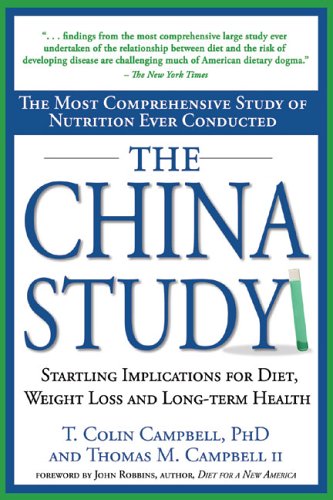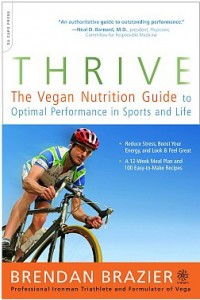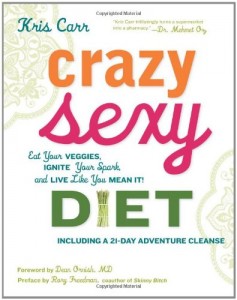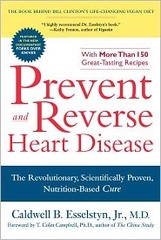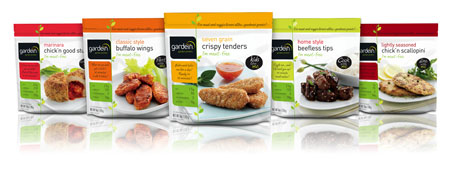My latest Ask Grettie column on Chic Vegan.
I just tried tempeh for the first time at a restaurant today and really liked it, but I am not sure how to prepare it on my own. Do you have any tips, or recipe suggestions for preparing tempeh?
Thanks,
Monica
Hi Monica!
I am glad to hear that you like tempeh. Tempeh is a wonderful source of protein and is further beneficial due to the fact that it is fermented. In addition, cooking with tempeh is a great way to add protein to your meals without buying processed meat substitutes. As with anything in life, moderation is key since tempeh can be high in fat.
I understand that tempeh can be a bit intimidating to prepare, but once you cook with it a few times you will realize that it is actually very easy to work with. Tempeh can be prepared using the same methods that are used to cook meat (barbecuing, baking, broiling, stir-frying) . One of my favorite ways to use tempeh is as a ground beef substitute. Sarah Matheny of “Peas and Thank You” likes to make ground meat substitutes with tempeh by grating it. You simply take the block of tempeh and grate it on your cheese grater then add it to your recipe. Alternatively you can crumble a block of tofu with your fingers or pulse it in your food processor and garner the same results.
TIP – Some people find tempeh to be slightly bitter. If you steam the tempeh for 20 minutes, the bitterness disappears.
Recipe Ideas
- Peas and Thank You is a blog with a lot of recipes that include tempeh and it is a great place to start. Sarah just came out with her first book, Peas and Thank You – Simple Meatless Meals the Whole Family Will Love and it is a worthwhile purchase (For my review of the book click here).
- The blog 101 Cookbooks also has a variety of tempeh recipes. While doing research to answer your question I came across her blog post for Orange Pan-Glazed Tempeh that looks amazing (original recipe from Coming Home to Eat: Wholefood for the Family).
- Vegetarian Times is also a great resource for tempeh recipes and they have a great recipe search function on their site that I am sure you will find helpful. Their recipe for tempeh bacon has a four star rating.
- VegNews also has a great recipe for Vegan Tempeh Burgers.
Don’t be afraid to experiment. Cooking is an art form and can be a lot of fun to play around with. Once you make a few recipes containing tempeh you will have the confidence to whip-up meals containing tempeh without even following a recipe. Let me know if you come across some winning recipes along the way since I am always looking for recommendations as well.
Here’s to health!
Gretchen
**Do you have a questions for Grettie? She is here to answer any of your health and nutrition related questions! Email her at askgrettie@chicvegan.com .**
Image courtesy of http://www.flickr.com/photos/fotoosvanrobin/with/5455578241/









